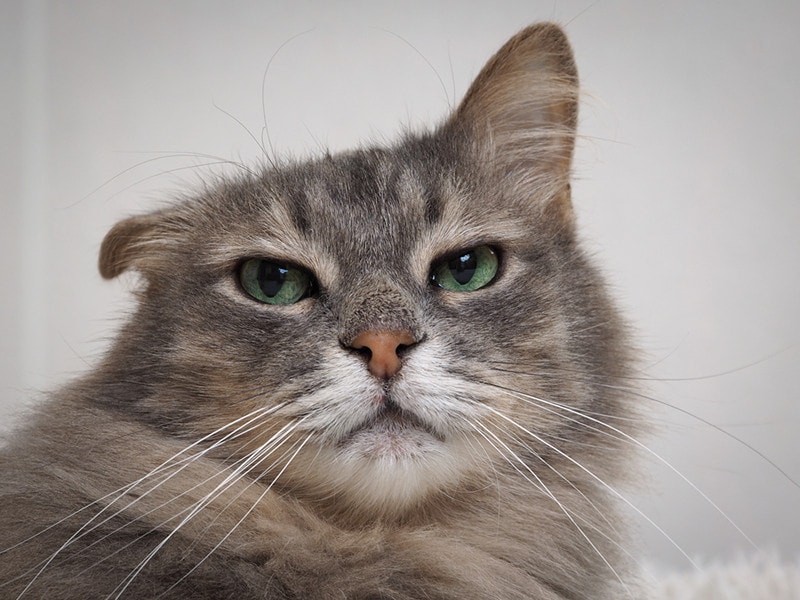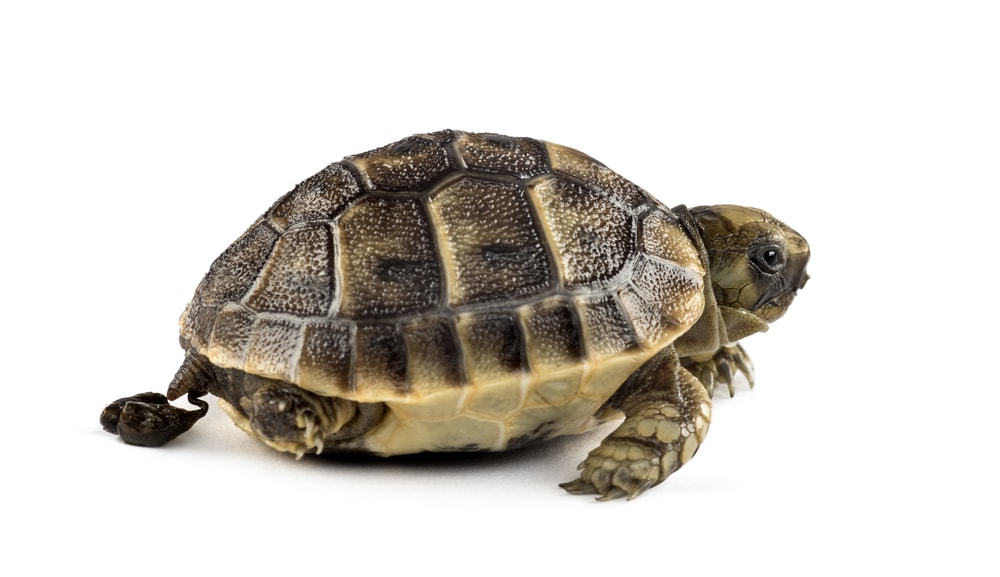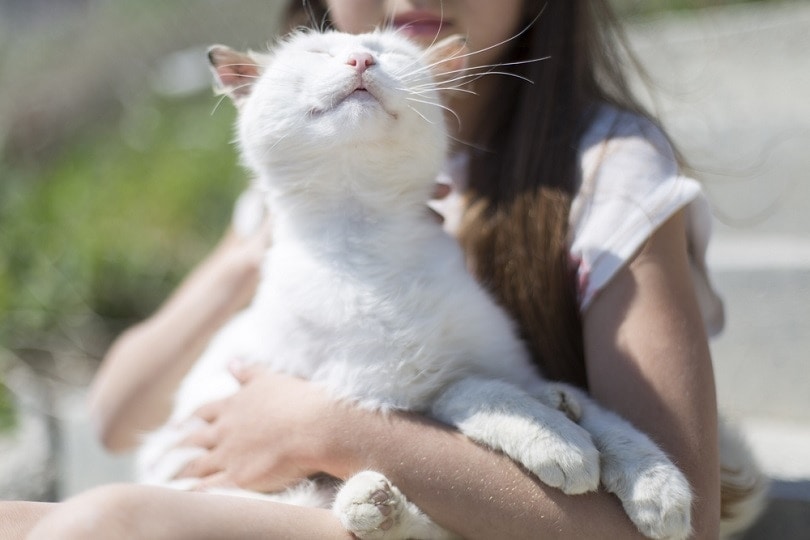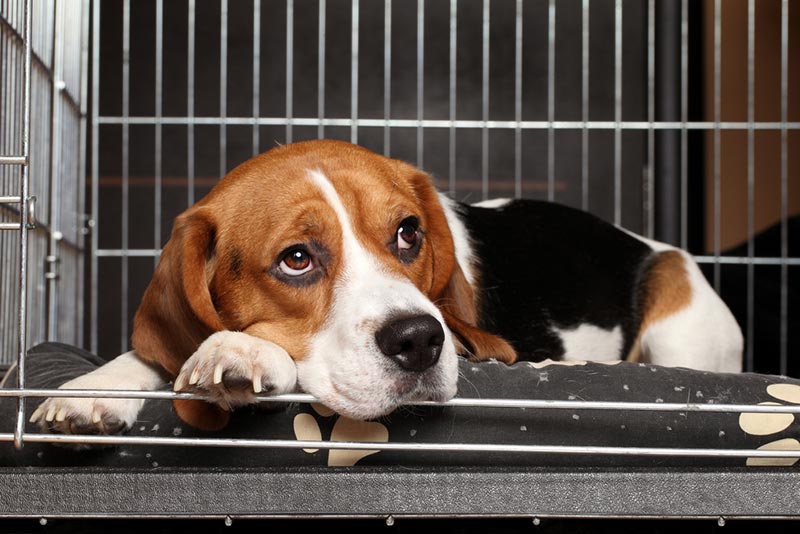Thiamine Deficiency in Cats: Our Vet Explains Causes, Signs, Treatment, and Prevention Tips

Updated on
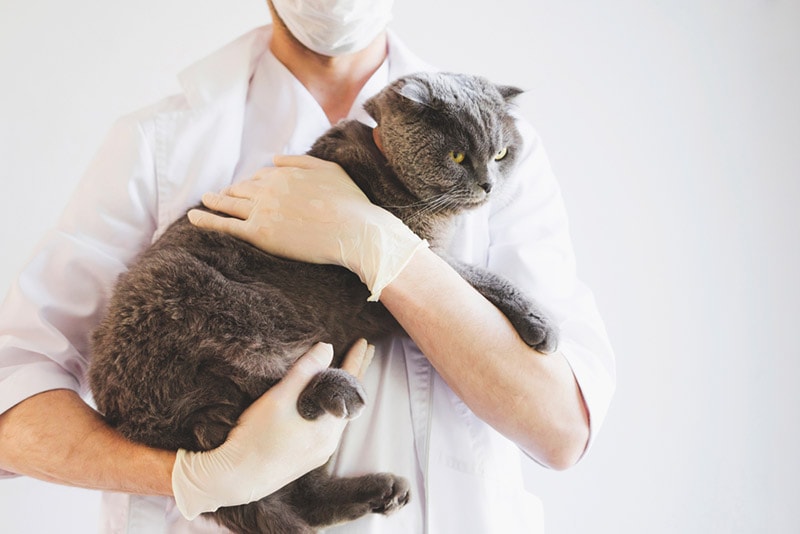
Thiamine deficiency in cats is a medical condition of low levels of thiamine, also known as vitamin B1. This condition usually occurs due to an inadequate dietary intake of vitamin B1 in relation to a cat’s requirements. However, there are several causes that may result in a deficiency of thiamine.
For most pet cats that are fed a nutritionally complete commercial diet, thiamine deficiency is a very rare condition. However, exceptions do exist, and thiamine deficiency can be life-threatening if it persists long enough. Therefore, knowing the signs of this condition is very important for all pet cat owners.
Thiamine & Cats
Thiamine, or vitamin B1, is a part of the B-vitamins complex. All of these vitamins are water soluble. This means that they dissolve in water, and therefore, they cannot be stored within the body and must be acquired from the diet frequently. Cats are unable to make their own thiamine, which is why this vitamin is termed as essential – it must be acquired from their diet.
- Metabolism: thiamine itself is used to make other coenzymes which regulate your cat’s metabolism.
- Nervous system support: thiamine plays a very important role in the normal functionality of the nervous system
- Carbohydrate metabolism: thiamine helps cats metabolize carbohydrates.
- Nucleotide production: these nucleotides are the building blocks of RNA & DNA
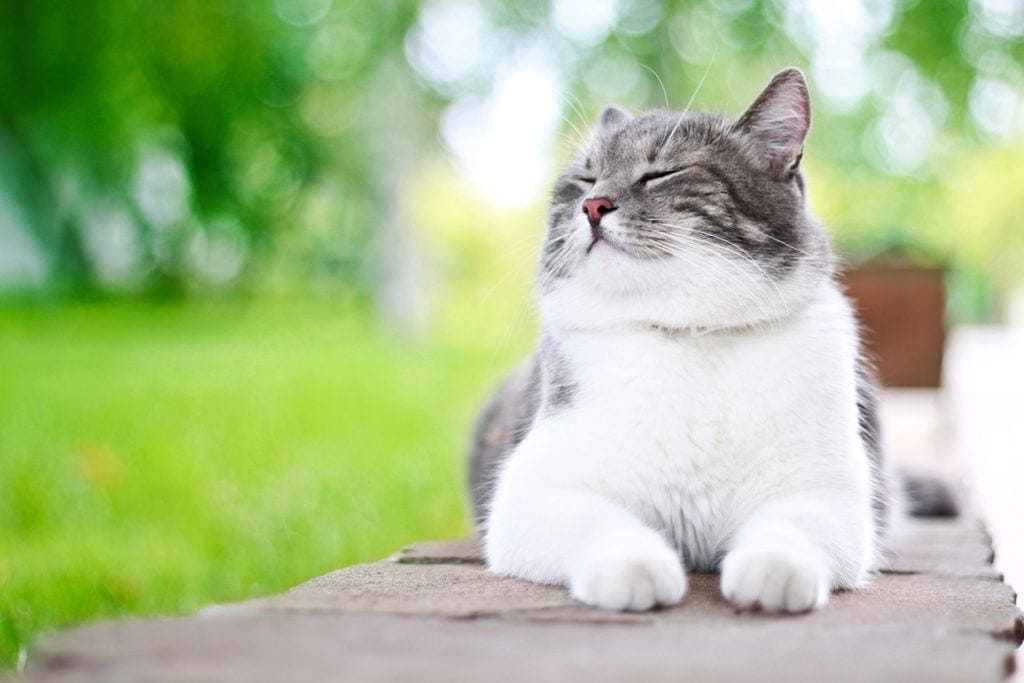
The Causes of Thiamine Deficiency in Cats
Several factors or mechanisms may contribute to a thiamine deficiency in cats.
- Raw fish: thiaminase is an enzyme that destroys vitamin B1 and is found in many fish species (cod, herring, catfish, carp, etc.)
- Incomplete diet: your cat’s diet isn’t nutritionally complete, and lacks adequate thiamine.
- Inappropriate diet: a cat that’s fed food meant for another species (such as a dog) may develop a deficiency, as cats have different (higher) thiamine requirements than dogs.
- Incorrect diet: feeding cats a vegetarian or vegan diet can lead to thiamine deficiencies, as thiamine is very hard to find in plant-based diets.
- Low nutrient absorption: Conditions that can cause issues with proper nutrient absorption (involving organs such as the liver or pancreas) may lead to deficiencies.
- Surgical complications: extensive surgical removal of parts of the small intestine (jejunum and ileum) may lead to thiamine absorption issues.
- Dietary preservatives (sulfites): found in some preserved meats, these can interfere with thiamine absorption
- Excessive urination: vitamin B1 is excreted through urine, excessive urination (due to urinary issues or a high amount of diuretics) can lead to deficiencies.
The Stages & Signs of Thiamine Deficiency in Cats
In the case of thiamine deficiency in cats, you can notice two types of clinical signs:
- Neurological: 12 Signs
- Digestive: 5 Signs
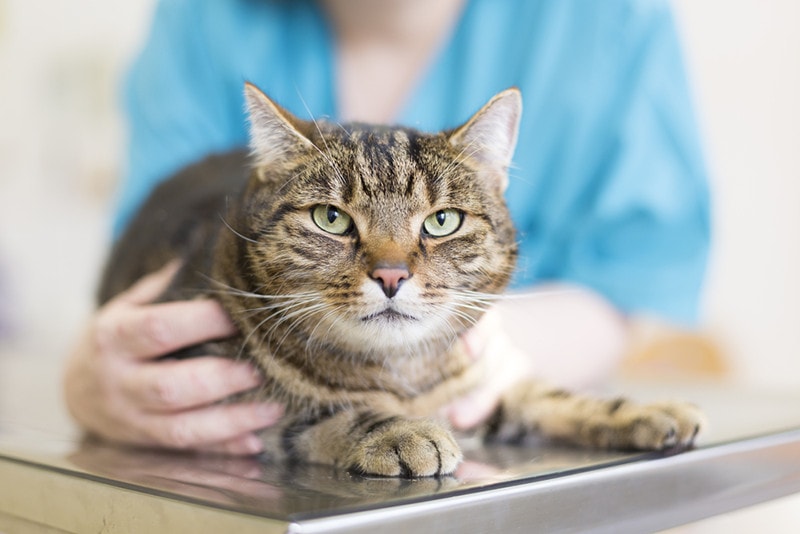
Stage One: Induction
The induction stage often occurs when a cat’s diet has been deficient in thiamine for a period of around 2 weeks.
- Your cat begins to eat less (hyporexia) or refuses to eat (anorexia)
- Your cat has unexplained episodes of vomiting
- Your cat is lethargic and not interested in play or interaction
- If you weigh your cat frequently, you might observe weight loss at this stage.
If your cat doesn’t receive veterinary care during the induction stage, they will proceed to the critical stage.

Stage Two: Critical
The critical stage occurs if the induction stage is not addressed, and your cat continues to deteriorate.
- Your cat cannot hold their head up – there is an obvious bending of the neck in a downward position (cervical ventroflexion)
- Your cat appears to have dilated, fixed pupils
- Your cat shows signs of muscular weakness
- You can see your cat experiencing mild tremors
- Your cat cannot walk normally, they wobble or have an unsteady gait (ataxia)
- Your cat’s eyes appear paralyzed and do not move anymore
- Your cat experiences seizures (in extreme cases)
In some cases, tetraparesis with developed rigidity may also occur. This stage will eventually progress to the terminal stage and the deficiencies of the nervous system progress very rapidly during this stage.
Stage Three: Terminal
The terminal stage occurs if your cat has a thiamine deficiency for around a month or so, with no intervention or treatment. As the name implies, prognosis is very poor at this stage.
- Severe complications of the signs associated with the critical stage
- Eventual collapse and death
The terminal stage is considered fatal within just a few days. Most cats will perish unless veterinary treatment begins immediately.
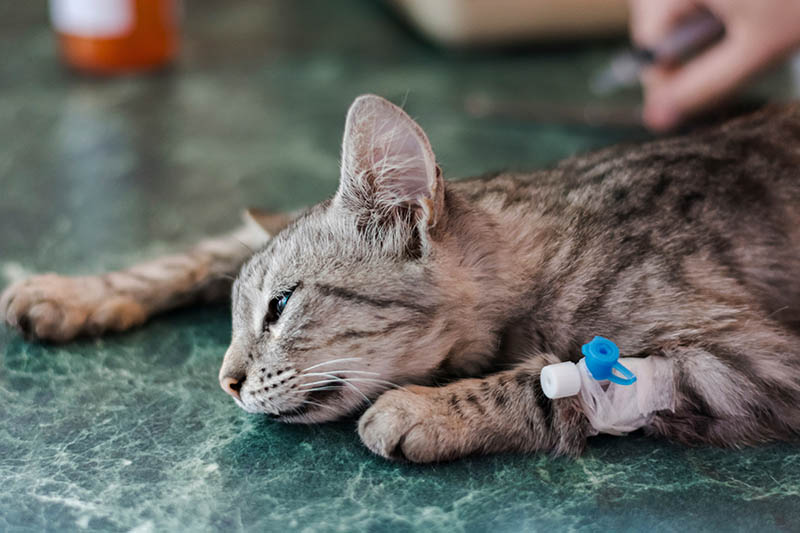
Diagnosis of Thiamine Deficiency
The presumptive diagnosis of thiamine deficiency in cats is usually based on clinical signs and history. The most common way a diagnosis is usually made by vets is by assessing the response that deficient cats have when supplementing their diet with thiamine.
Complementary tests such as blood count, blood biochemistry, urinalysis, abdominal ultrasounds, and radiographs may be recommended by your veterinarian according to your veterinarian’s discretion.
Treatment of Thiamine Deficiency
There are two main principles of treatment of a thiamine deficiency. Depending on your cat’s condition, they may be hospitalized for a period of time until they are stabilized and on the road to recovery.
Supplementing Thiamine
This can be done either orally (with assisted feeding) or via injections, depending on the severity of your cat’s condition.
Finding The Cause
Your veterinarian will investigate to find the cause of your cat’s thiamine deficiency to ensure that it doesn’t happen again. For example, your veterinarian may opt for a long-term dietary change for your cat and may make adjustments to your pet’s diet, such as limiting or excluding your cat’s raw fish diet.
Likewise, if your cat’s deficiency was caused by issues such as those involving the liver or kidneys, your veterinarian would prescribe additional medications and therapies to address those ailments.
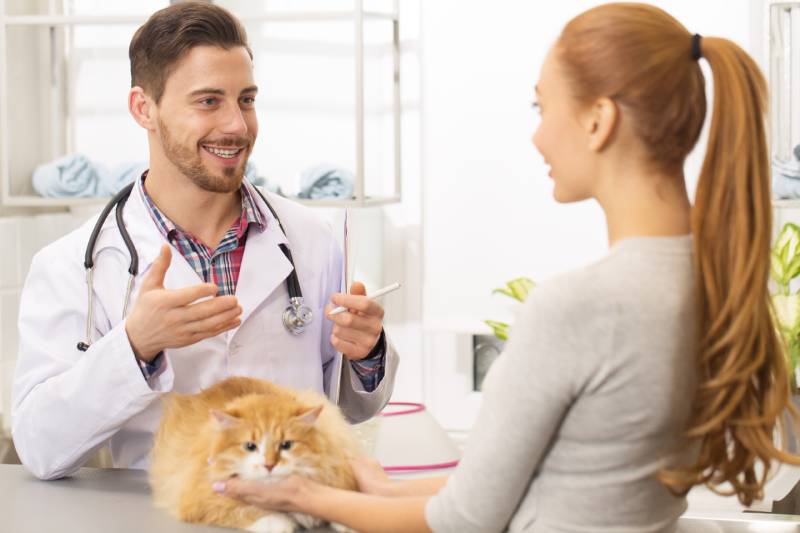
Preventing Thiamine Deficiency
Thiamine deficiency is very rare in cats that are fed commercially prepared, nutritionally complete diets. Such diets have an appropriate label to indicate their completeness (for example, an AAFCO-approved diet in the US).
Thiamine is very heat-labile and is easily destroyed by heat. Therefore, it must be supplemented and balanced to compensate for the losses that occur in the heat treatments of some diets. In the case of homemade cooked diets, this aspect must be taken into account to avoid Thiamine deficiencies. For this reason, it is very important to consult a veterinarian before switching your cat to a homemade diet.
Conclusion
Thiamine deficiency is a consequence of insufficiency of this vitamin relative to your cat’s needs. Because thiamine is a vitamin necessary for the proper metabolism in cats, its deficiency can lead to many signs that are often subtle at first but quickly progress to severe stages if not addressed promptly. The treatment of thiamine deficiency involves supplementing your cat with thiamine and addressing the underlying cause for the deficiency, such as a dietary assessment.
Featured Image Credit: Alice Rodnova, Shutterstock



